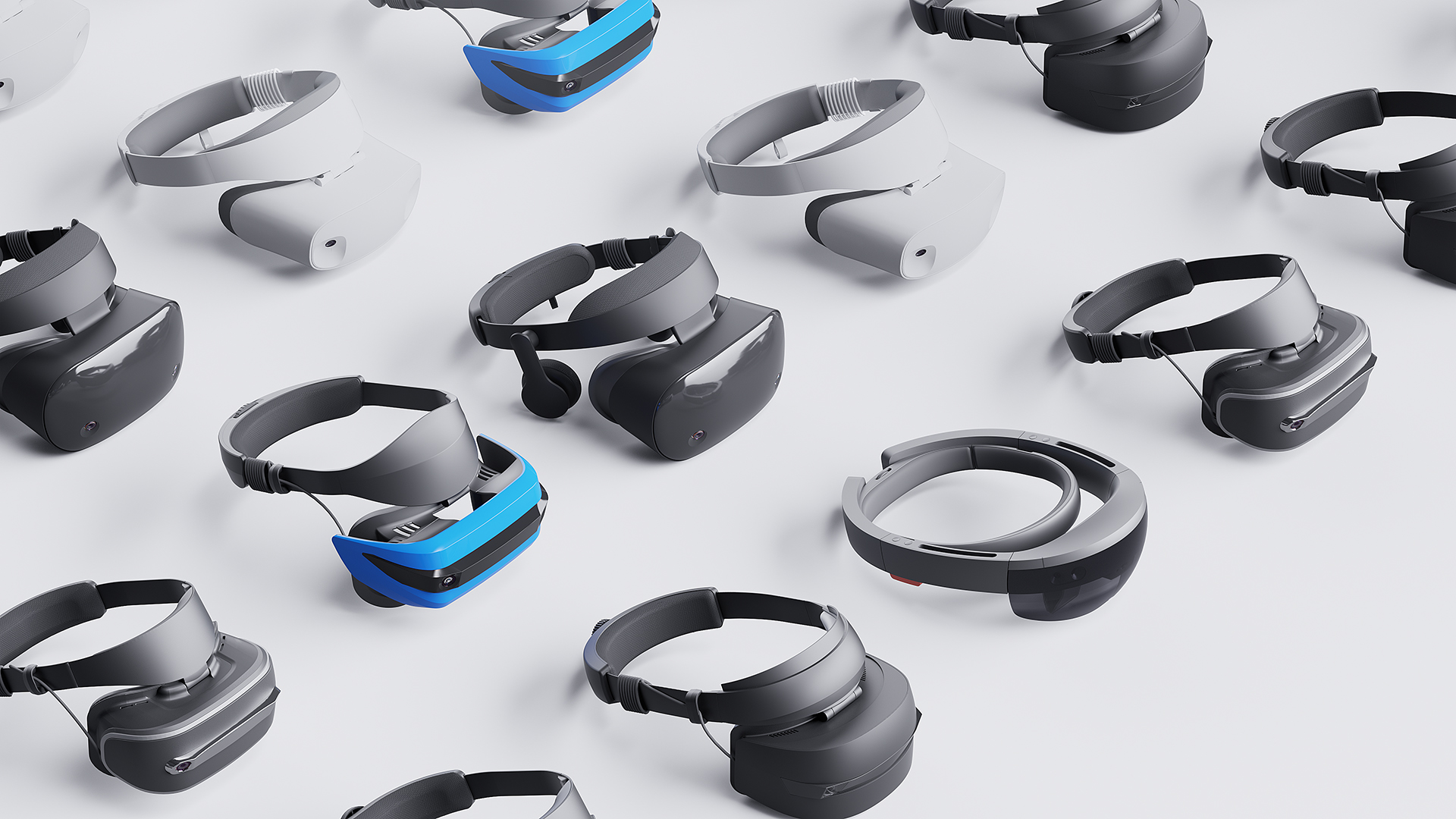
Windows Mixed Reality (MR) can be a confusing concept. Is it virtual reality (VR), like the Oculus Rift, or it is more like augmented reality (AR), which Microsoft has already dabbled in with its HoloLens?
Even though Microsoft has made HoloLens 2 available for pre-order, the answer is ultimately a mix of the two – though it’s far more VR than AR.
Microsoft’s unique combination of VR and AR is designed to immerse more users in the digital experience with lower priced and easier-to-drive headsets. To this end, Microsoft has teamed up with some PC manufacturers like Dell, HP, Asus, Samsung and Lenovo to develop a more accessible head-mounted display (HMD) standard with less ground rules. And, it’s working – the Mixed Reality adoption rate continues to grow.
Similar to high-end VR Headsets like the Oculus Rift, you wear a head-mounted display with two built-in screens to peer into a virtual world. And, with Windows Mixed Reality for Steam VR, the barriers between Mixed Reality and high-end VR continue to dissipate. You can now interact with your virtual world using handheld controllers or an Xbox One gamepad. Just don’t expect Mixed Reality on the Xbox One. Even if you’re not into gaming, Mixed Reality on SharePoint will make life way more interesting for professionals.
Instead of HTC Vive lighthouses, Oculus Waypoints or other infrared beacons, however, Microsoft Mixed Reality headsets use integrated sensors to scan the surrounding environment. And, because Microsoft Mixed Reality isn’t solely focused on gaming, like other VR headsets, Microsoft is able to produce easy-to-drive headsets that can be run by the best Ultrabooks. This means that you can experience and share digital worlds that anyone can enjoy.
Additionally, each new version of Windows 10 has beefed up Microsoft’s support for Windows Mixed Reality devices. And, most recently, Viveport is now offering Windows Mixed Reality support, allowing headset owners to download compatible games, as is Google Chrome.
Cut to the chase
- What is Mixed Reality? Microsoft’s blended VR/AR standard
- When is Mixed Reality out? October 17
- What will Mixed Reality cost? Headsets start at $299 or AU$599 (about £225)
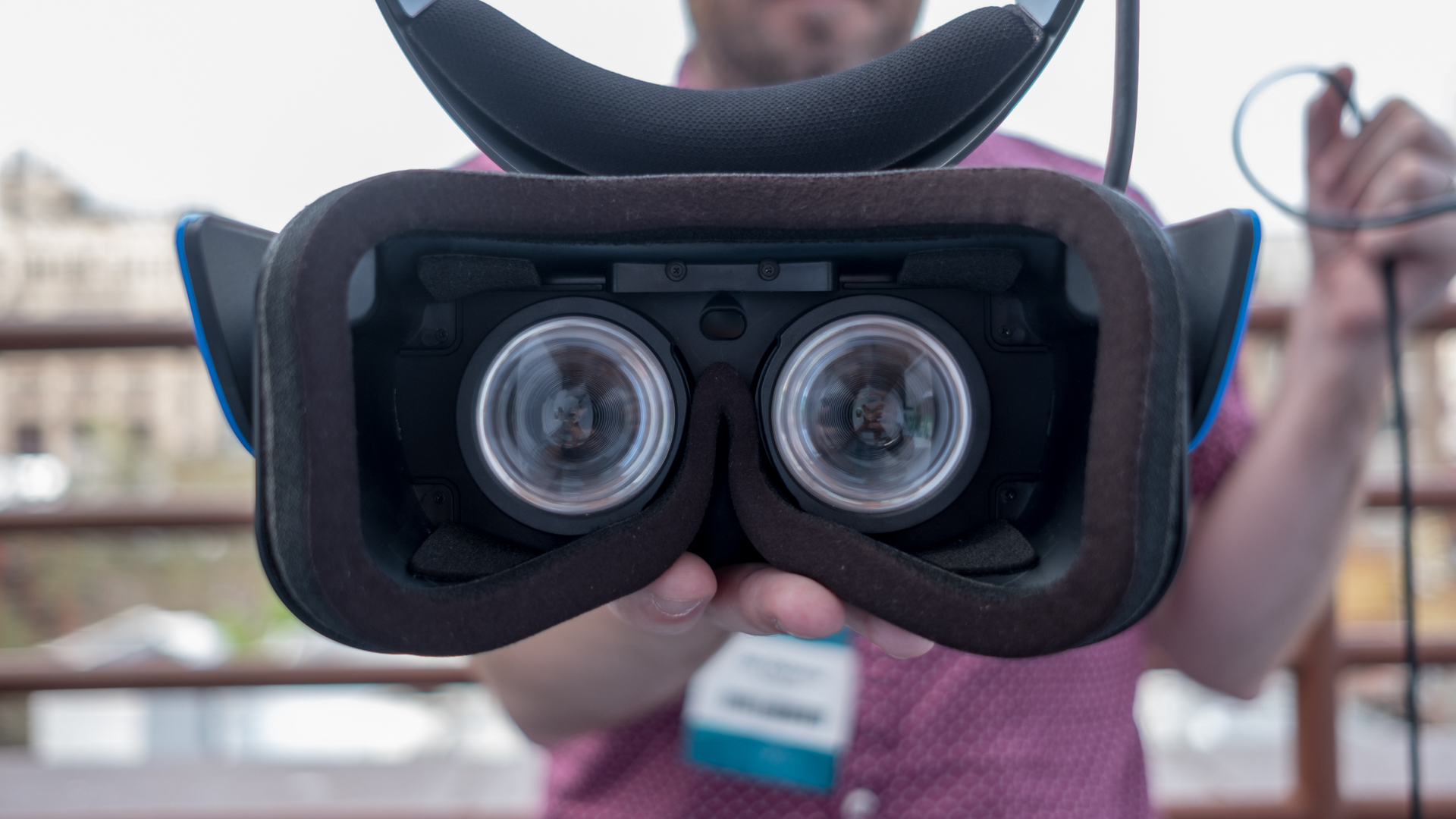
Windows Mixed Reality release date
Microsoft Mixed Reality has been a priority for the Redmond computing giant since October 2016, and since the release of the Fall Creators Update in October 2017, Mixed Reality has been a standard feature of Windows 10. Since then, Microsoft has been adding a wide array of updates to the platform, with many coming in the Windows 10 April 2018 Update, as well as the Windows 10 October 2018 Update.
Get daily insight, inspiration and deals in your inbox
Sign up for breaking news, reviews, opinion, top tech deals, and more.
It looks like this is going to continue, as well. We fully expect Microsoft to continue adding Mixed Reality improvements to all of its future updates, though with middling sales, it’s also possible that Windows Mixed Reality’s days could be numbered.
Windows Mixed Reality price
The biggest differentiator between headsets for Windows Mixed Reality and those designed for VR is that the former can cost half as much. With prices for Mixed Reality headsets starting at $224 (AU$638, £225) when first released, Microsoft’s new platform competes more closely with mobile VR devices – like the Samsung Gear VR and Google Daydream View – than with the Oculus Rift and HTC Vive.
Adding motion controllers doesn't dramatically up the cost, either – a few manufacturers, like Acer, are bundling a complete headset package for $296 in the US. For a full price breakdown, let’s look at all the headsets currently available.
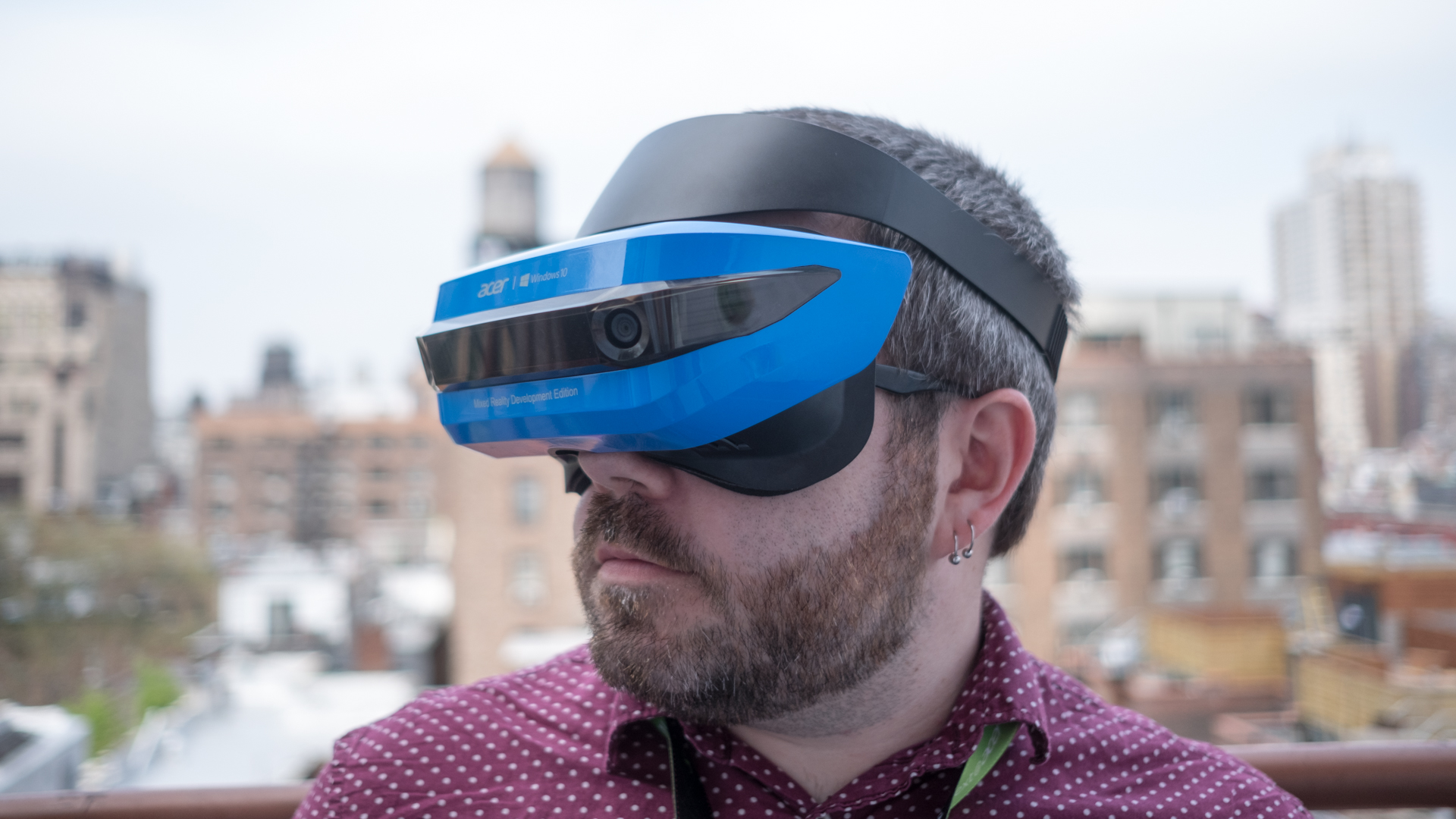
Acer Windows Mixed Reality HMD
Acer was one of the first companies to come out of the gate with a Windows Mixed Reality headset. It offers a display resolution of 1440 x 1440 per eye. Users can flip up the screen to quickly return to the real world – this is a regular feature of most, if not all, headsets in its class. Acer’s headset is also among the cheapest, at $296 (£399, AU$799) with a pair of wireless motion controllers.
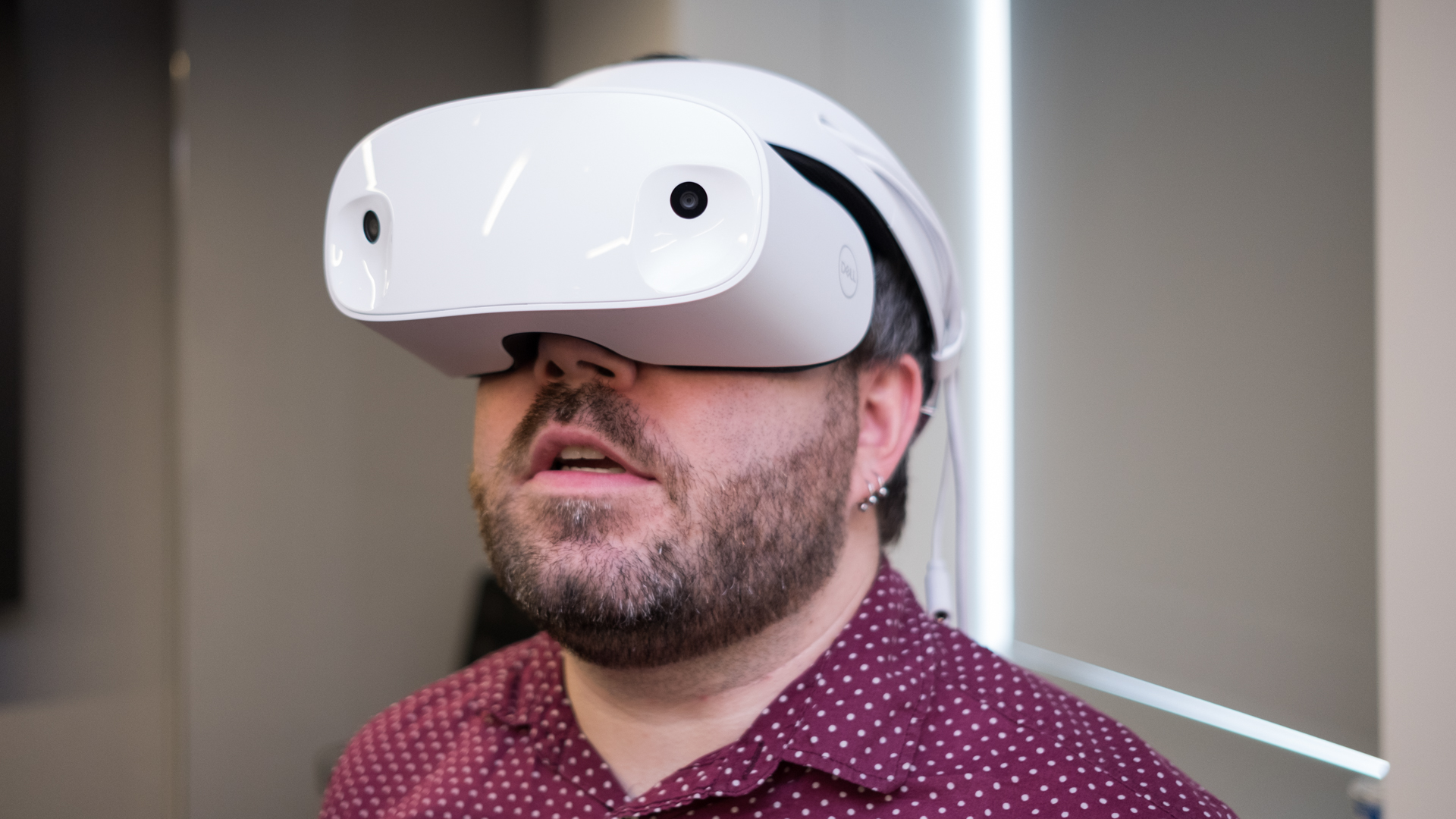
Dell Visor
The Dell Visor (and all Mixed Reality headsets, really) have a lot in common with Acer’s, but we’ll go over the specs nonetheless. It boasts two 2.89-inch, 1440 x 1440-resolution LCD displays that you can, once again, flip up for a quick exit from the virtual world. There are a few extra creature comforts in the shape of removable foam inserts, cable management loops and an easily adjustable headband for a comfy and tight fit. The Dell Visor is available worldwide for $349 (£649, about AU$501), all of which include motion controllers.
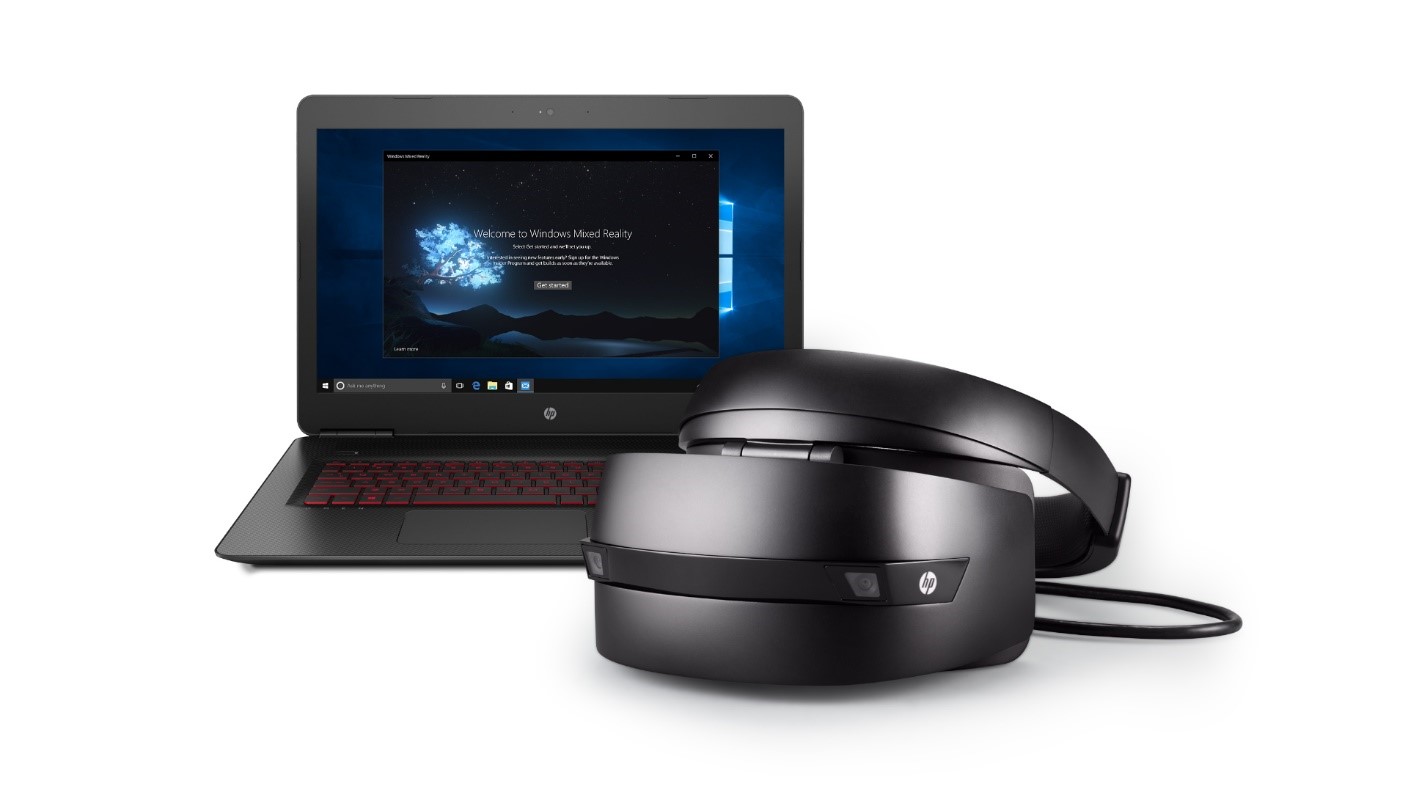
HP Windows Mixed Reality Headset Developer Edition
HP’s take on the Windows 10 MR headset looks much more Tron-like than the others. It keeps up with its rivals thanks to a 2880 x 1440 combined resolution and 90Hz display, but its field of view is a narrower 95 degrees. HP’s Mixed Reality headset is available now for $299 (£449, AU$429).
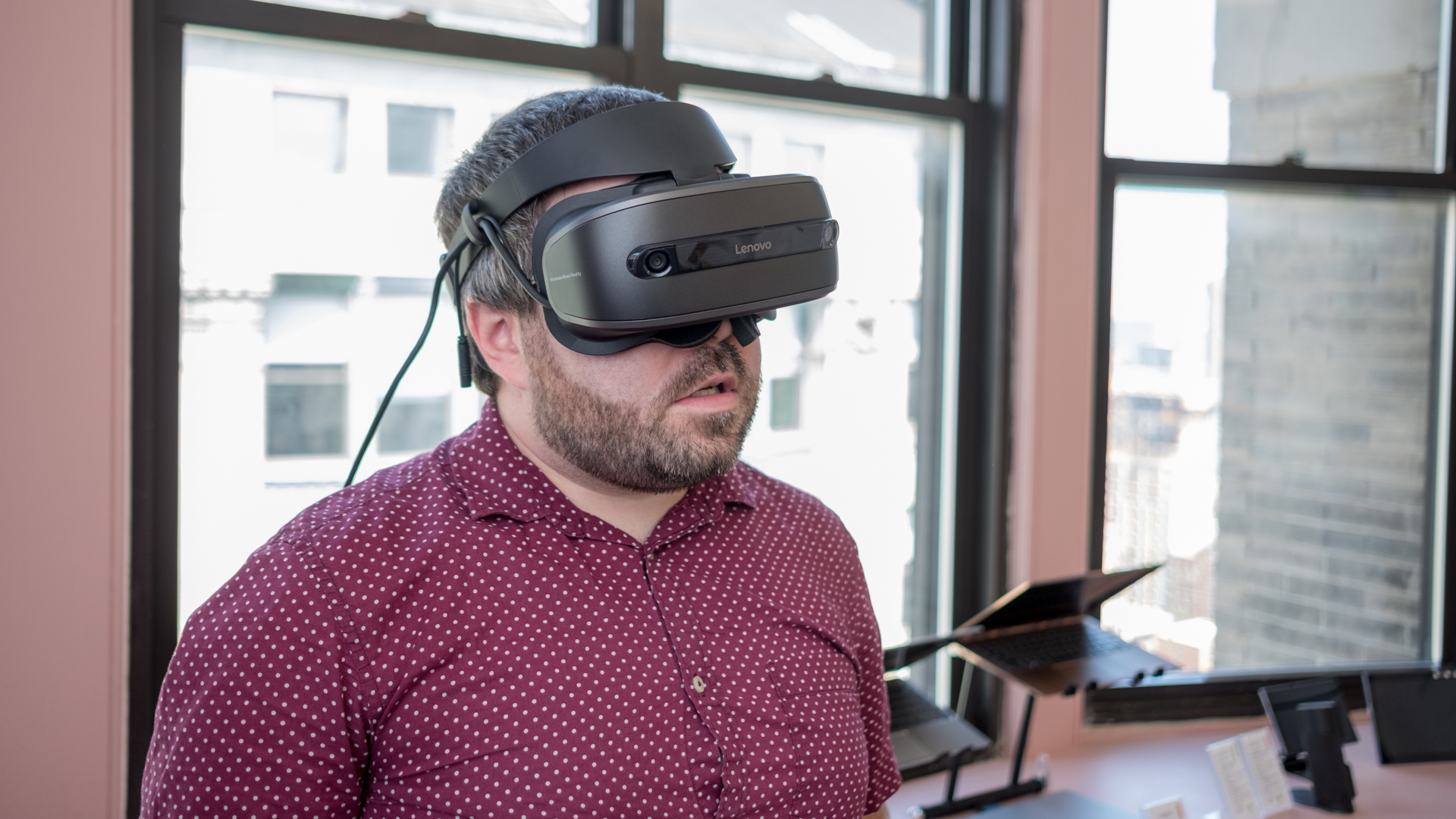
Lenovo Explorer
The Lenovo Explorer featured all the same specs and comforts as the other Mixed Reality headsets. Its field of view also ran smack in the middle of the pack at 105 degrees. It was more affordable than Acer’s at $399 (£400, about AU$799) with motion controllers included. Unfortunately, Lenovo has since discontinued it, and it has yet to release a replacement.
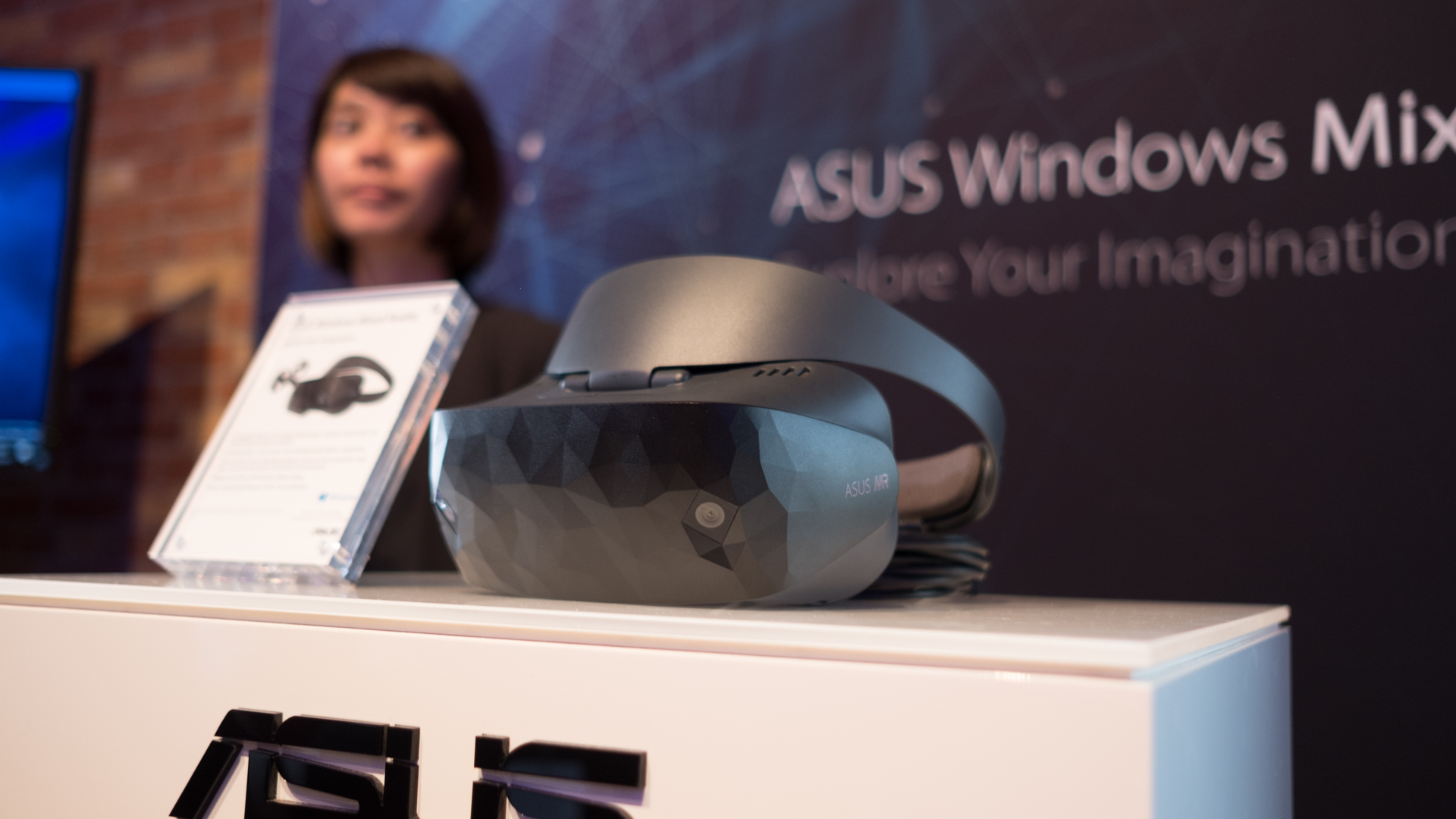
Asus Windows Mixed Reality Headset
Asus differentiated its MR headset with a futuristic geometric front facade. Looks aside, it had all the same specs as its rivals, although its field of view is on the low side at 95 degrees. It did fall in line with the other headsets, priced at $399 (£429, about AU$335). However, it’s looking as if Asus has also discontinued it, and while some third-party sellers may still have some units on hand, it’s no longer largely available.
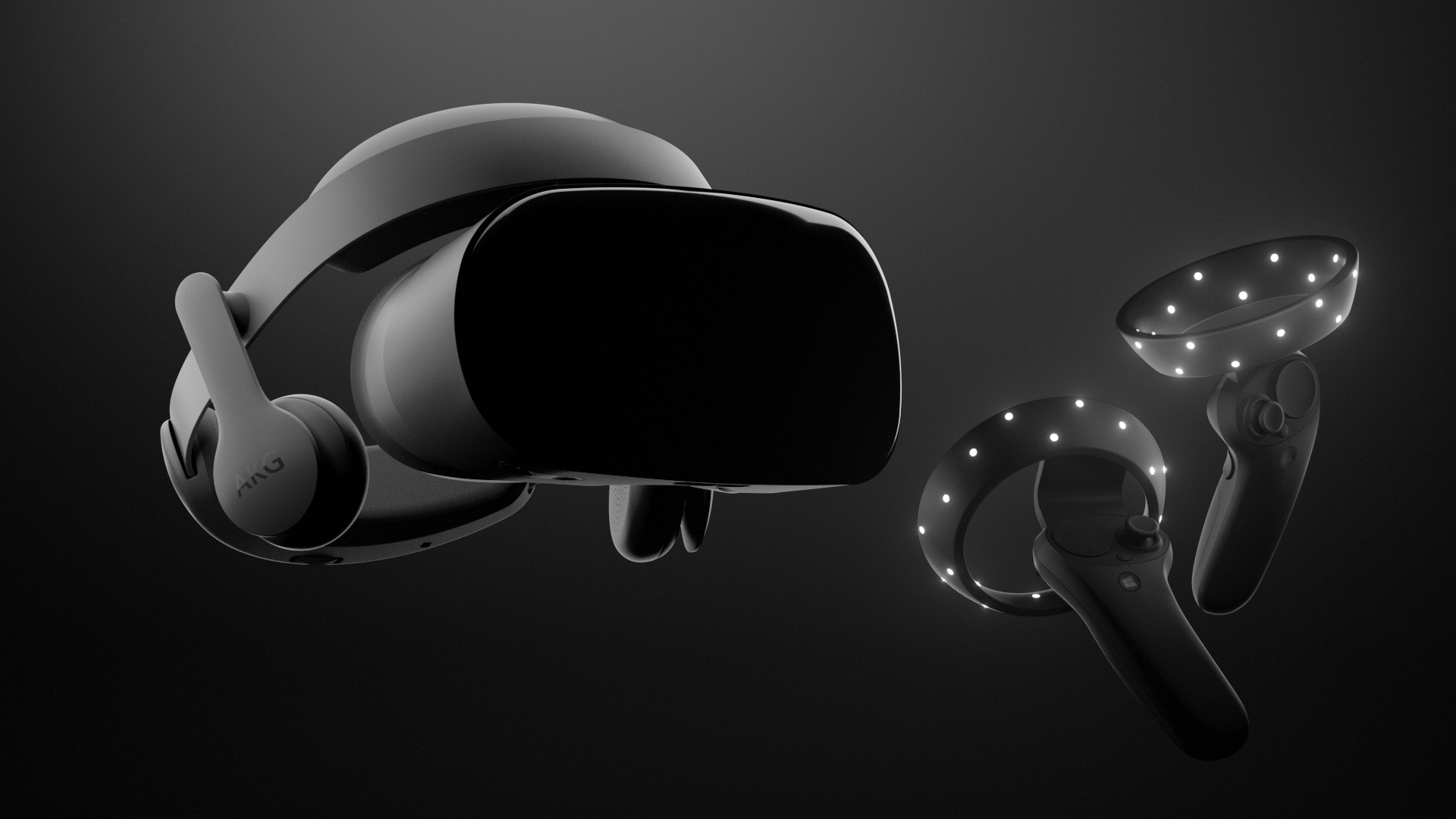
Samsung HMD Odyssey
The Samsung HMD Odyssey is the latest Windows MR headset on the block, and it’s both the most advanced as well as the most expensive device of its class. For starters, it packs larger 3.5-inch AMOLED displays for more vibrant, lifelike images. Built-in AKG headphones also add in the immersive soundscape of 360-degree spatial sound. Costing a cool $499 (about £377, AU$638) with controllers included, the Samsung HMD Odyssey shipped later than the other Windows Mixed Reality Headsets on November 6, 2017. Currently, the HMD Odyssey is only available at third-party retailers for more than its original cost.
Windows Mixed Reality requirements
Unlike virtual reality, you won’t need a killer rig to jump into virtual worlds. The minimum specs required for a Windows Mixed Reality PC are lightweight enough for most modern Ultrabooks to power a headset.
At the very least, you will need the Windows 10 Fall Creators Update, an Intel Core i5-7200U processor or better, 8GB of DDR3 dual channel RAM or better, 10GB of free disk space, an Intel HD Graphics 620 or DX12-capable GPU, and HDMI 1.4 or DisplayPort 1.2 as well as USB 3.0 Type-A or Type-C.
Keep in mind that the above specs are only good enough for a 60-frames-per-second (fps) experience. To get to 90fps, Microsoft suggests a system specced with at least a desktop-grade Intel Core i5-4590 or AMD Ryzen 5 1400 3.4Ghz – or another quad-core processor. You'll also need a discrete GPU at least on the level of an Nvidia GTX 1050. Just keep in mind, if you’re going to take advantage of Mixed Reality on Steam VR, system requirements may vary by game.
- Here are some of the best laptops that can run Windows MR
Kevin Lee was a former computing reporter at TechRadar. Kevin is now the SEO Updates Editor at IGN based in New York. He handles all of the best of tech buying guides while also dipping his hand in the entertainment and games evergreen content. Kevin has over eight years of experience in the tech and games publications with previous bylines at Polygon, PC World, and more. Outside of work, Kevin is major movie buff of cult and bad films. He also regularly plays flight & space sim and racing games. IRL he's a fan of archery, axe throwing, and board games.
